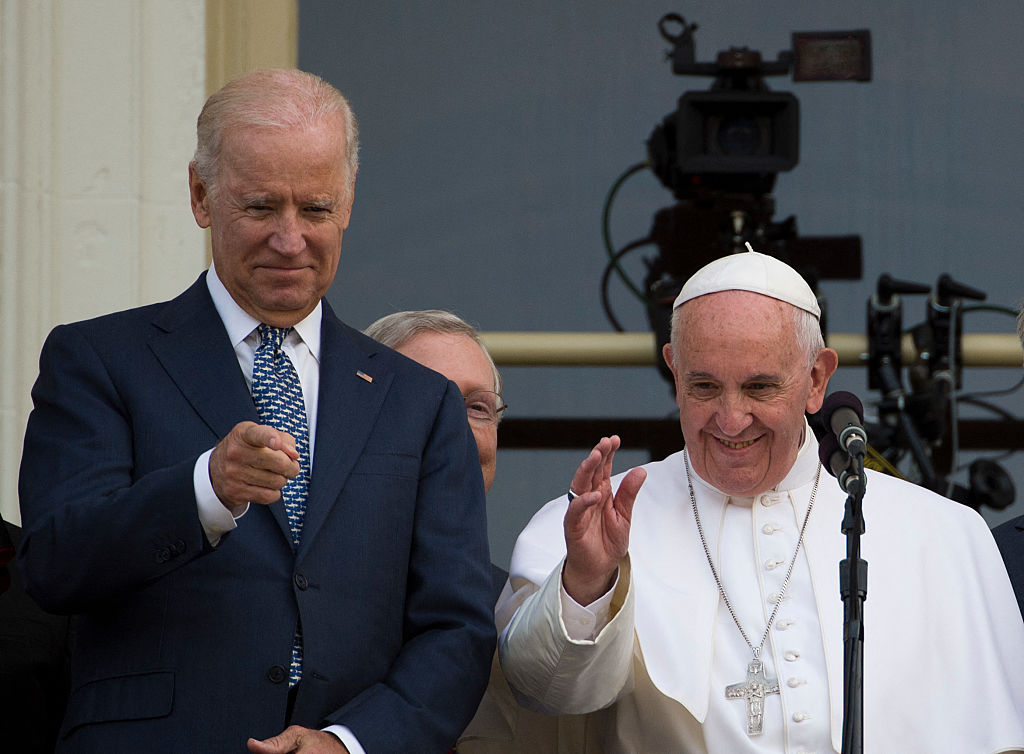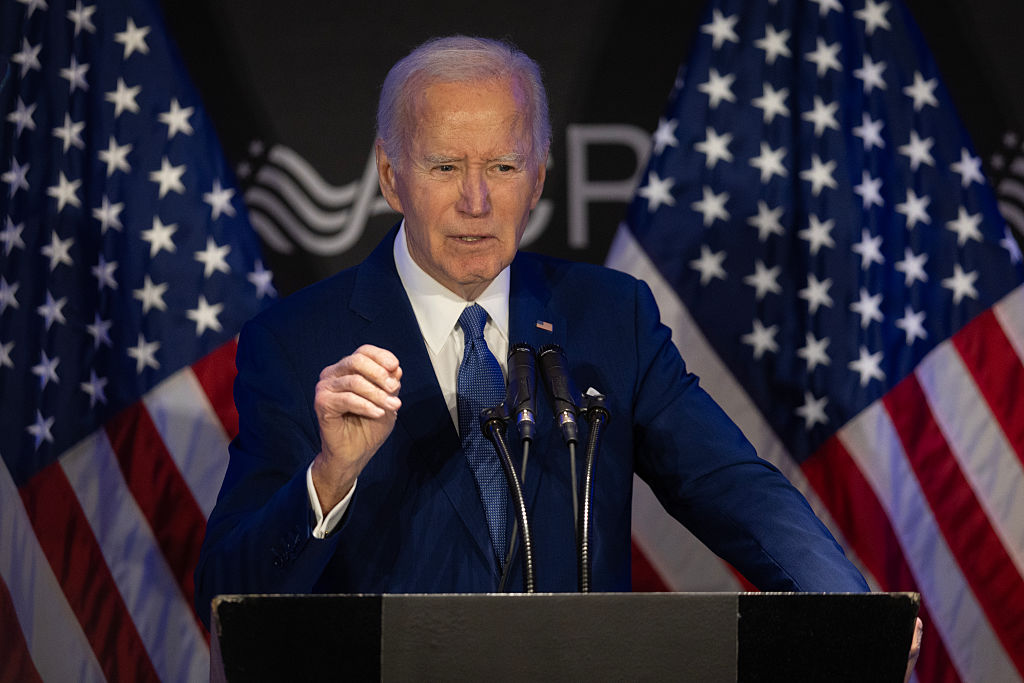President Biden’s proposed federal budget includes a permanent expansion of the child tax credit that would cost $556 billion by 2025. Putting between $250 and $300 in the pockets of almost every American family every month sounds like a dream come true, both for those eager to alleviate child poverty and for pro-natalists. The latter group, though, should temper its enthusiasm.
As my colleague Matt Purple argued in the American Conservative earlier this year, sending checks to parents would probably put a huge dent in child poverty. It might even be worth doing for that reason. But as country after country has learned, it won’t necessarily bring births back above replacement rate. For that, we’ll need a change in culture.
The war against demographic decline is a war on two fronts, and victory on just one would not be a partial win. It would be a total defeat. The pro-natalist movement must work to make child-bearing and child-rearing both feasible and desirable. No matter how many carrots we dangle in front of prospective parents, a child will still be a net drain on resources and a net restriction on personal autonomy.
One problem is that American women aren’t having the number of kids they want. Child tax credits might help with that. The other problem, the one tax credits won’t fix, is that the number of kids Americans do want is still too low.
Ultimately, Americans will want more children when they see people around them having more children. Samuel Hammond at the Niskanen Center has done great work on how we can use the levers of public policy to help kick off this cycle of virtue. There are, however, also a number of cultural developments that will be indispensable in creating a pro-family culture and which may be difficult to stimulate from the top down. Hammond (correctly, I think) holds up Israel as the gold standard for family policy, but Israel’s high birth rate is at least as attributable to the massive fecundity of the ultra-Orthodox and to the garrison mentality that every Israeli necessarily shares.
It’s not enough to just throw money at the problem.
First, we’ll need to push back hard against climate alarmism. Paul Ehrlich’s 1968 book The Population Bomb had an immediate and devastating effect on American birthrates. The equivalent pro-natalist book has yet to be written (or, if it has been written, has yet to be popularized). That book will need to make plain the horrors of a childless world and convince vast swaths of Americans that we give up far more than we gain when we choose not to have children.
We’ll also need to craft a sexual education curriculum and cultural discourse that doesn’t leave young women with the overwhelming impression that babies are bloodsucking parasites bent on destroying their bodies and careers. Young motherhood should be presented as a viable, even a desirable, option. (Frederica Matthewes-Green’s provocatively titled 2002 essay ‘Let’s Have More Teen Pregnancy’ is helpful here.) Instead, women are encouraged to develop a relationship to their own fertility that is self-loathing and pharma-technologically mediated rather than empowered and organic.
As a reproductive endocrinologist recently observed in a letter to the editor of the New York Times, ‘Family planning, to the limited extent it is taught in our schools, focuses entirely on the prevention of undesired pregnancy. Ironically, no attention is given to the limits of human fertility and the question of how to conceive when a pregnancy is desired.’
Encouraging marriage is another important step toward increased fertility. Indeed, one scholar claims that the decline in birthrate is the direct result of the decline in marriage. Sure, unmarried people have children, but they do so at a lower rate, and out-of-wedlock births bring with them a host of accompanying social ills. In response to a recent Intercollegiate Studies Institute panel on family policy, Jessica Kramer wrote at Crisis that the low rate of family formation is not just ‘an economic challenge that needs addressing,’ but rather the result of ‘a devastating moral collapse in social dynamics’ driven by porn, hookup culture, irreligion, and co-habitation. None of these barriers to marriage (and, by extension, childbearing) can be overcome by public policy alone.
Finally – and this is both the most important and the most ephemeral challenge to be overcome – we’ll need to rediscover our primal allegiance to existence. Hardship has never broken our hope that whatever the human enterprise is, it is worth continuing. But now, in the midst of the greatest comfort and prosperity the world has ever known, we are losing that hope.
In a recent essay called ‘Giving Birth in the End Times,’ novelist Emily Holleman expresses this despair. She’s frustrated with her ‘optimistic, boomer father’ who won’t stop ‘talking about how crazy it will be for Jude to learn about the day he was born, in a pandemic while evacuated for wildfires.’ What’s wrong with him? Doesn’t he know the world is ending?
Holleman is not the first woman to give birth under such circumstances. In a thousand barbarian-besieged cities, in the midst of a hundred dark ages, through famine and plague and civilizational collapse and without the modern medical technology that saved the lives of Holleman and her baby, families have chosen again and again to bring babies into the world as tangible, often irrational manifestations of hope.
‘The world,’ Chesterton writes, ‘is not a lodging-house at Brighton, which we are to leave because it is miserable. It is the fortress of our family, with the flag flying on the turret, and the more miserable it is the less we should leave it.’ The hope that keeps us, generation after generation, at our posts ‘is not optimism, it is more like patriotism.’
The fertility crisis is not just a policy failure. It is a crisis of faith.
Grayson Quay is a Young Voices associate contributor. His writing has appeared in the Pittsburgh Post-Gazette, The American Conservative, and the Washington Examiner.

























